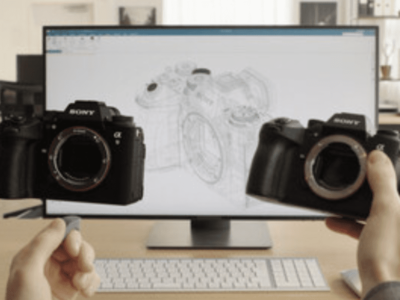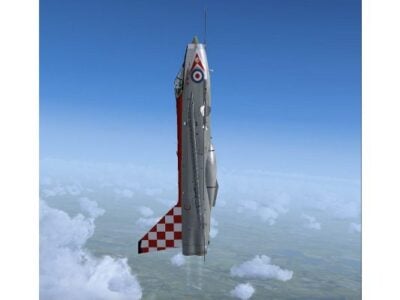
Reality capture ‘demystified’ in digital twin white paper
Reality-capture technology embodies a set of devices and processes that collect the conditions of a physical object or space. The paper – Reality Capture: A Digital Twin Foundation – is offered as providing organizations with an understanding of reality-capture devices, their applications, and knowledge of essential industries where reality capture has specific considerations.
When implemented and managed correctly, says the organization, reality capture tools accurately and efficiently create digital duplicates of physical things, such as small objects, rooms, buildings, or planetary landscapes. Reality capture provides insight and awareness through the transparent representation of real-world conditions.
“Reality capture technologies play an important role in providing context and, depending on the scenario, delivering real, on-time decision support for situational awareness. This in turn enriches digital twin predictive accuracy and outcomes,” says Dan Isaacs, CTO of Digital Twin Consortium. “Situational awareness serves to augment event intelligence for timely, high confidence, data driven, and evidence-based decision making.”
Reality-capture is different across different industries as each industry has its own use cases that drive the various hardware and software selections and drive different capture frequencies and accuracy requirements. For example, a surveyor building a bridge may require a scanner with a range of thousands of feet, whereas an electrical designer surveying an electrical room may only need a scanner with a range of a few feet.
Dominique Pouliquen, CEO of Cintoo, a DTC member says. “For digital twins to play a growing role in the industry for simulations, remote control or metaverse experiences, they must accurately reflect built reality. Various technologies are available to capture these conditions, ranging from passive cameras to active laser scanners, but navigating the reality-capture landscape is not easy. There isn’t a single scanning device that meets the criteria for all possible use cases and work flows. Today’s white paper provides information organizations can use to make the right investment decisions.”
 If you enjoyed this article, you will like the following ones: don't miss them by subscribing to :
eeNews on Google News
If you enjoyed this article, you will like the following ones: don't miss them by subscribing to :
eeNews on Google News




